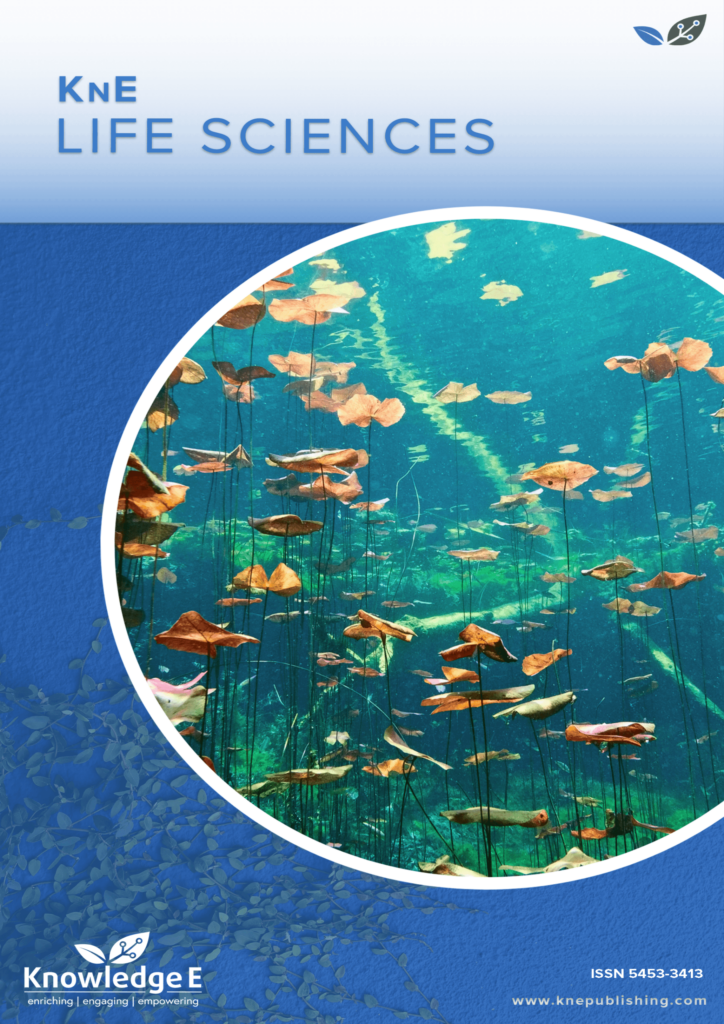
KnE Life Sciences
ISSN: 2413-0877
The latest conference proceedings on life sciences, medicine and pharmacology.
Application of Encapsulated Anthocyanin Pigments from Purple Sweet Potato (Ipomoea Batatas L.) in Jelly Drink
Published date: Nov 26 2017
Journal Title: KnE Life Sciences
Issue title: 2nd International Conference on Sustainable Agriculture and Food Security: A Comprehensive Approach (ICSAFS)
Pages: 482-493
Authors:
Abstract:
Since the beginning of the 21th century, demand for natural food additives especially food colorant has increased sharply. The natural one were considered safer, while the synthetic ones are less safe. One source of natural food colorant is anthocyanin pigments from purple sweet potato (Ipomoea batatas L.). Anthocyanins have good stability at acidic pH especially pH 2-4 so that it can be applied for food products such as beverages with low pH like jelly drink. Nevertheless, anthocyanins are very sensitive to the temperature and light. It is thus important to store food containing anthocyanins in proper condition. The purpose of this study was to determine the proper storage conditions and to predict shelf life of jelly drinks containing encapsulated anthocyanin pigments from purple sweet potato. This research used experimental methods by regression analysis of four treatments and four replications. The treatments were storage of jelly drink in (1) Room temperature with light exposure (25oC±2oC), (2) Room temperature without light exposure (25oC±2oC), (3) Refrigerator temperature with light exposure (5oC±2oC) and (4 ) Refrigerator temperature without light exposure (5oC±2oC). Parameters analysed were: (a) intensity of red color; (b) total anthocyanins; (c) pH value. Observations were made on days 0, 5, 10, 15, 20, 25 and 30. The results showed that the temperature and light affected the decrease in colour intensity, and total anthocyanins of jelly drink. The best treatment was stored at refrigerator temperatures without light exposure, has the smallest decreasing of total anthocyanins (46,03% ) and decreasing of red intensity (3,19 %) during 30 days storage in which the shelf life spanned to around 200 days based on the color intensity.
Keyword : anthocyanins pigments; purple sweet potato; regression analysis
References:
[1] Wicaksono, G.S and E. Zubaidah. 2011. The Effect of Carragenan and Cooking Time of Soursop Leaf to Quality and Characteristic of Jelly Drink. Food and Agroindustry Journal Vol.3 No 1: 281-291.
2] Hendry, G. A. F. and J. D. Houghton. 1996. Natural Food Colours. InHendry, G (ed). A. F. Natural Food Colorants 2
